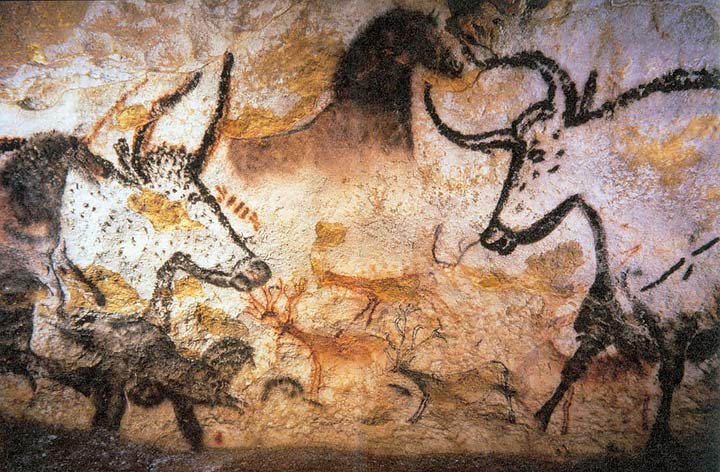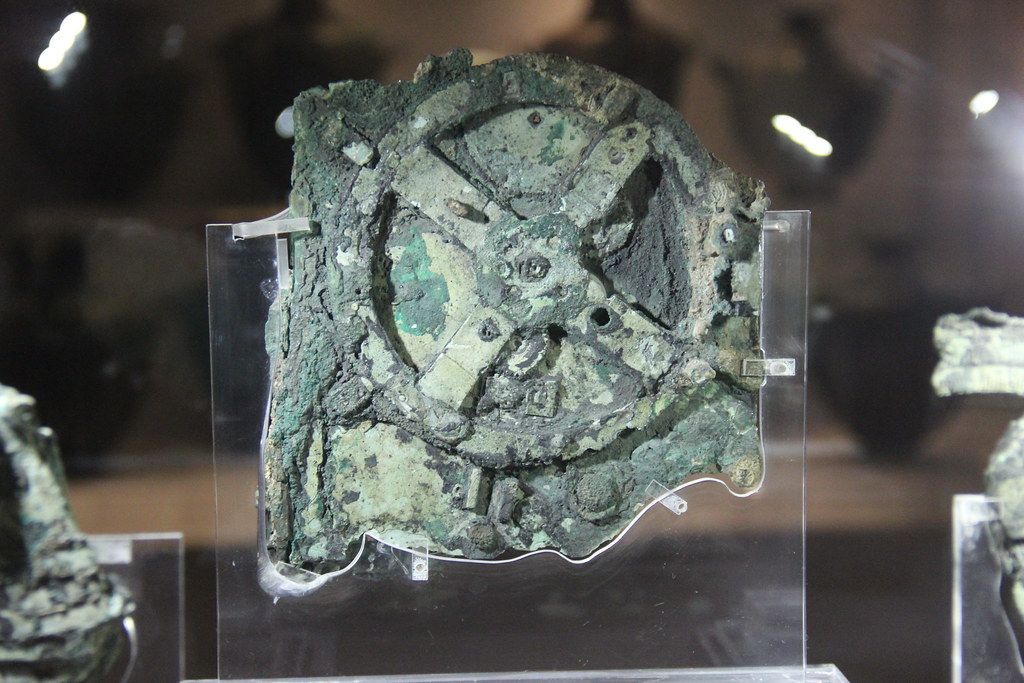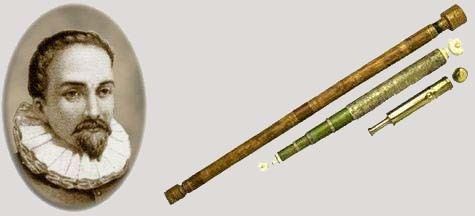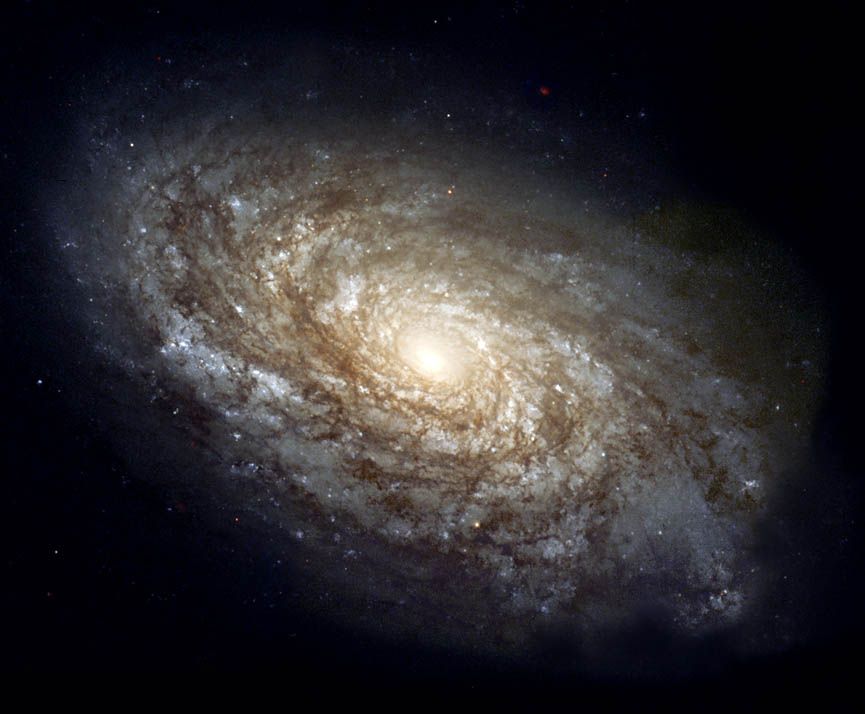
🔭 The tools that bring us closer to space
We gaze at the sky and wonder why? Throughout history humans have used tools in search of an answer.
Share this story!
In search of meaning, humans have quickly turned to the sky to find answers. To facilitate our observations we have used tools, either to keep records or to be able to see further. From carved bones to the newest space telescope, the purpose remains the same. We gaze at the stars and wonder: “Why?”
Perhaps it is one of the most common experiences, the one that binds us all together. Looking at the sky is also one of the oldest sciences. Early civilizations have observed and recorded the positions of stars throughout time in an attempt to understand their movements and cycles.
Proof of early observations
The lack of written sources before people started writing makes it complicated to conclude with absolute certainty. However, strong elements allow historians to defend one hypothesis: humans have sought meaning from the above since the Upper Paleolithic era.

In 2003, Dr. Michael Rappenglück, from the University of Munich, claimed to have identified carved symbols on mammoth tusk to be star charts. The artifact, named after the cave in the Ach Valley in the Alb-Danube region of Germany where it was found in 1979, is estimated to be around 32,000 years old. According to Dr. Rappenglück, it represents the Orion constellation, one of the most visible shapes of the sky, in a man-like figure. He argued that the proportions of the figure match the pattern of the stars.
Being a specialist within the history of astronomy, he also determined that the pachyderm tusk could serve as a human gestation calendar. 86 notches carved on the ivory piece is highly significant as it is the exact number of days to subtract from a year to equal average gestation time, as well as the period during which Orion’s most prominent stars are visible.

Similar interpretations were made about the prehistorical cave paintings at Lascaux. In 2018, researchers from the Universities of Kent and Edinburgh supported that the scenes depicted there symbolize constellations and astronomical events like meteor showers.
Across the globe, sites like the Goseck circle, an enclosure of wooden palisade in Germany (ca. 4900 B.C.), and the famous Stonehenge in Great Britain (ca. 2500 B.C.) seem to have been built according to solar and lunar movements.
As developed by Clive Ruggles in an article published in 1997, understanding the reasons behind the design of prehistoric sites can prove tricky. Yet, the equivalences between the organizations of elements and significant stages in solar cycles, like solstices, appear as good evidence supporting astronomy was performed at Stonehenge.
Ancient "computer" assisted calculations
By dint of keeping records of visible objects through time, astronomers in Mesopotamia, China, pre-colonized America, India, Egypt, and the Hellenistic world managed to gather advanced patterns and knowledge of the Universe. Their two main tools were their eyes and mathematics. They could calculate and predict Eclipse cycles as well as draw precise maps of the sky at different times of the year. Whether in Peru or China, many observation sites were established to measure the solar cycles, to scrutinize the sky in better conditions.

But the Antikythera Mechanism developed by Greek astronomers is a stepstone when talking about tools for observation. According to scientists, it is the oldest known computer. Designed between 205 B.C. and 70 B.C., this device was made of multiple gears that an astronomer would manually rotate to reproduce the movements of objects and calculate their positions in the future. It stands as an early occurrence of humans using a mechanism to assist their observations, albeit hand-powered.
After centuries of observation, humans knew very well what was given to their eyes. They even managed to anticipate the trajectories of the objects they could see. But in the early years of the 17thcentury, the scope of their abilities changed radically.
The telescope era begins
1608 marked the year where Dutchman Hans Lippershey created the first telescope. Using the optical properties of concave and convex lenses, he managed to amplify the range of observation. And quickly, under the influence of pioneers of astronomy, the tool was significantly upgraded. Galileo became one of the very first to point at the stars. Then, Johannes Kepler opted for a pairing of two convex lenses instead of two opposed lenses to improve clarity. Later, Isaac Newton realized that the use of mirrors instead of lenses increased the ability to detect extremely distant light sources.

With this innovation, not only were astronomers able to see more clearly the cosmos but they could also observe objects naked eyes could not reach. The invention of the telescope brought astronomy to the next level.
With time, the instrument's shape, signal detectors, and size have varied to fit the targeted objects or wavelengths. For instance, in 1931, Karl Jansky, who was working on understanding the reason behind interferences, found space to be a source of radio signals. He accidentally led the path of radio astronomy. In 1939, Grote Weber used this method as a way to scan space and detected his first galactic noise. From there, alongside ever-bigger reflecting telescopes, astronomers started building huge antennae to listen to the sky.

The tools were improved but the principle remains, and the vast majority of discoveries that are made since then, have occurred thanks to this ability to look much further away. It is with a telescope that in 1995, Swiss astronomers Didier Queloz and Michel Mayor discovered the very first exoplanet. The high precision of their instrument allowed them to spot the tiniest oscillations of a star, 51 Pegasi. These variations indicated another object was influencing that star. Very slightly but enough for the pair to affirm by calculation that a Jupiter-like planet was orbiting 51 Pegasi.
Being able to see afar, to detect all sorts of signals coming from above broadened the knowledge of space. But one restraint was still in place: the Earth’s atmosphere. No matter how isolated observatories are located, that layer will always disturb and limit our abilities.
Space race drives innovation further
The space race during the Cold War considerably pushed technological progress and research forward. In 1957, the Sputnik 1 space probe became the first artificial object to orbit the Earth. Two years later, Luna space probes were the first spacecraft to visit the Moon.

With these programs, humans were now able to carry their tools outside of the atmosphere and put them in conditions where nothing but time disturbs their potential. Orbiting Astronomical Observatory 2, nicknamed Stargazer, was launched in 1968 and provided the first observations of ultraviolet lights screened out by the atmosphere. It is the grandfather of all space telescopes and an essential source of information on how to operate such a tool.
Launched in 1990, the Hubble Space Telescope stands perhaps as the most iconic spacecraft in the collective imagination, thanks to the stunning pictures it delivered. Over 30 years, 1,4 million observations were performed, always looking further into space and tracking back the history of our Universe. Its successor and complement, the James Webb Space Telescope, is set to launch in 2021.
Together with all probes and telescopes orbiting, flying through space, these telescopes will keep on helping humanity in its attempt to answer one question. The one question that drove all research, and pushed space science and exploration forward: “Why?”
By becoming a premium supporter, you help in the creation and sharing of fact-based optimistic news all over the world.


